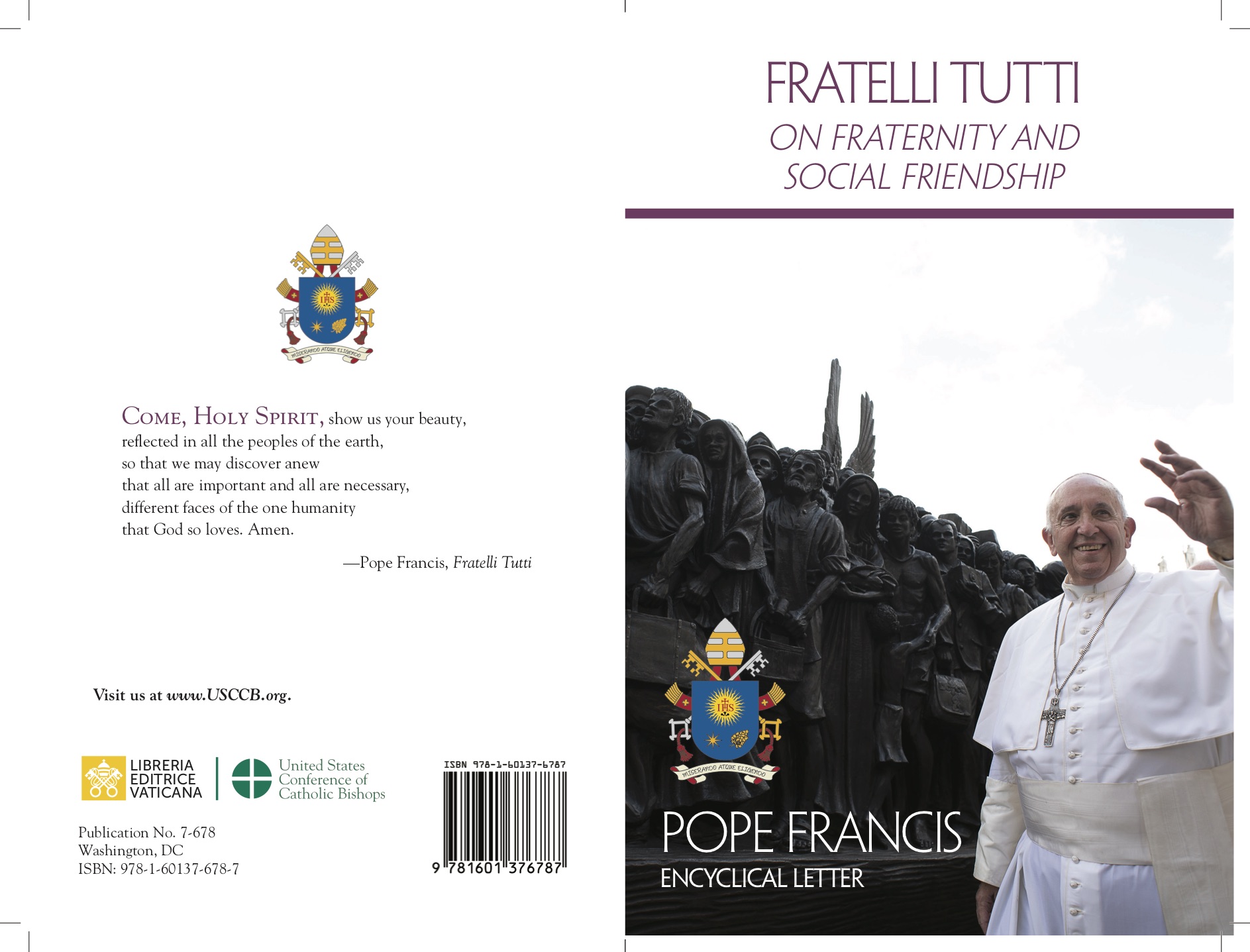
“The innocent”, Bertrand Russell once said, “didn’t know it was impossible, so they did it”. In this context, the concept of “naivety” is closer to the historical meaning of the ancient Latin word: ingenuus referred to someone born free—free of prejudices and preconceived notions. This was the spirit of Francesca Maria Govone, born in 1716 and died in 1776, who became a Dominican tertiary under the name Rosa and founded institutions that, named after her, came to be known as "the Rosine." She devoted her life to helping poor, destitute girls, giving them a trade and setting them on a path that is still followed today. Rosa Govone was considered a saint in her lifetime and is regarded as the first among the “social saints” of Piedmont. Yet, for reasons likely tied to changing social structures, no process of beatification was ever initiated. Her immense work for the benefit of women remains largely unknown.
Europe, 1700. In the mid-18th century, the old continent was swept into an expansive movement that touched every sector, from demographics to agricultural production, from manufacturing to trade. Life expectancy (which, let’s remember, hovered around thirty years) and birth rates increased, while infant mortality declined. Yet, in rural areas, life remained harsh. Across Europe, France and England continued to clash, while Austria and Spain vied for dominance in Italy. Italy, of course, was divided: the Pope and the Grand Duchies in the center, the Bourbons in the South, the republics of Venice and Genoa, the Austrians in the Northeast, and the Savoy in the Northwest. From 1730 to 1773, Charles Emmanuel III reigned—a time marked by many restrictions but also some openings, such as the one we will examine. And then came the upheaval of the Enlightenment, bringing a broad wave of secularization in the latter half of the century.
All of this sets the stage to imagine what it must have meant to be a woman in the 18th century, in this Piedmont—not even in Turin, but in Mondovì, a small town in the province of Cuneo. Here, on November 26, 1716, Francesca Maria Govone was born. Her family, noble but in decline, owned a few parcels of land. She had a brother and a sister and received an education that was already remarkable for the time: she could read and write. She could sew and embroider. She joined the Dominican Third Order and became Sister Rosa. Her parents died when she was in her twenties. Here, already, her life veered away from the expected course. Instead of resigning herself to her circumstances, she acted. She began working with a young woman like herself—an orphan and alone—Marianna Viglietti. Mondovì and its surrounding lands were often at the center of perpetual battles. Perhaps it was the war, perhaps the inspiration of Divine Providence, or perhaps the partnership between Govone and Viglietti, but Rosa conceived a bold idea: to provide an alternative to the destitution of so many young women. She dreamed of founding an independent community to shelter them, teach them a trade, and make them self-sufficient. It was a revolutionary idea, both enlightened and beyond the Enlightenment—a fusion of faith and reason.
Rosa Govone was fortunate to meet a reformist priest, Father Giovanni Battista Trona, a renowned preacher who traveled tirelessly throughout his diocese. Together with a countess, Lucia di Marsaglia, they managed to secure a suitable house. Within a few years, the community grew to shelter around seventy women. Among those welcomed were women who had endured difficult lives, including some who had followed armies as prostitutes during their constant marches. Consider how challenging it must have been at that time to sustain such a venture—indeed, an Opera—of this nature. It was like embarking on a mission to distant lands, except this mission was at home, perhaps even more arduous. Thus, the Educatorio delle Rosine was established in Mondovì, a home to "welcome poor, abandoned girls who are capable of working and raise them according to Christian principles". In Govone’s Opera, they prepared fabrics, embroidered, and made clothing. One strikingly progressive feature of this endeavor, which shows how modernity—understood as open-mindedness, compassion, and a spirit of sharing—can belong to any historical period, was that the girls did not take religious vows, even though they prayed together. When they managed, through their paid work (a concept still not taken for granted today, let alone then), to save a small sum, they were free to leave the community, marry, or join a traditional convent.
By the time Rosa turned thirty—a young age today but not so much at the time—she had become Mother Rosa, leading a thriving community of women who lived together in prayer, but supported themselves through their work, without relying on alms. This, too, was revolutionary and markedly different from the practices of other charitable institutions. Rosa was determined to expand her work to Turin. Her reputation preceded her, and Father Trona, who served as the spiritual advisor to Charles Emmanuel III, vouched for her. In 1755, the king—unexpectedly and in a remarkable show of Savoy openness—granted her the buildings of the ancient Hospital of the Holy Shroud, which had belonged to the religious order of the Fatebenefratelli. There, she opened the Opificio delle Rosine, a self-sustaining operation funded by the sale of textiles produced in its internal workshops. Within just a few months, the Rosine, as they were called, had grown to 150 women.
Faith and works rarely go unnoticed. Sometimes, they are simply too difficult to understand. In Turin, a city often called the land of social saints, there is a famous anecdote about Don Bosco. The Curia wanted to commit him to an asylum—after all, he dreamed strange dreams and then tried to turn them into reality. He was surely mad. They sent two priests and a carriage to take him to the asylum, but Don Bosco managed to send the two priests there instead. In the case of Rosa Govone, people didn’t accuse her of being insane but rather of being insufficiently prepared—intellectually and spiritually—to manage and lead a work that was rapidly becoming monumental. Archbishop Roero even established a commission of four theologians to evaluate her. Their verdict? The work was perfect; she, however, was not.
However, like Don Bosco a century later, Sister Rosa turned the situation around. In 1756, she managed to secure royal patronage, and in the years that followed, she opened five more houses—a miracle in itself, as the Enlightenment era typically saw religious institutions closing rather than expanding. Yet Rosa’s accomplishments didn’t stop there. She also opened a school for foundlings, where the Rosine themselves became their teachers. She cared not only for children but also for the elderly—particularly elderly women who could no longer work and were ill. For them, she established an infirmary. In short, her life was a whirlwind of realized ideas and tangible initiatives. While royal favor helped, it alone would not have sufficed. This woman must have possessed extraordinary faith, charity, and charisma. Sadly, she left behind no writings of her own.
Giuseppe Pomba, the renowned printer and publisher, described the institution in his 1842 book Descrizione di Torino as follows: “The Retreat of the Rosine, founded in 1758, serves as a shelter for poor maidens who work on woolen textiles, silk and cotton manufacturing, linens, and all sorts of women’s handiwork. The Opera must sustain itself through the labor of its residents”. The inscription on the institute’s doorway, located on the street now called Via Delle Rosine in Turin, fittingly reads: “You will live by the work of your hands”.
The institute still exists today and has transformed into a cultural hub, hosting courses, book presentations, and theatrical performances. It also includes a residence for “students and working women”. Flavia, now an architect, recalls her experience there, “I lived in a small town in the province of Turin and attended a classical high school. Commuting was impossible, and I didn’t want to go to a traditional boarding school. My parents found this solution at the Rosine. It was a religious institute, but we were all very secular—even the nuns”.
A hundred years after her death, in 1876, her fellow citizens remembered her in the Gazzetta di Mondovì as a remarkable figure, writing, “She is proof of what even a woman can achieve when something beats strongly in her chest and her brain cells are not filled with fluff”. A woman who championed work and independence, both for herself and for others? Admiration, perhaps. But a saint? Not quite. Yet, with the Church, never say never. Just think of Joan of Arc, canonized 500 years after her time.
By Alessandra Comazzi
Alessandra Comazzi is a Journalist, and television critic




 Purchase the Encyclical here Fratelli Tutti
Purchase the Encyclical here Fratelli Tutti